The nine cities with the worst drought conditions in the country are all located in California, which is now entering its fourth consecutive year of drought as demand for water is at an all-time high. The long-term drought has already had dire consequences for the state’s agriculture sector, municipal water systems, the environment, and all other water consumers.
Based on data provided by the U.S. Drought Monitor, a collaboration between academic and government organizations, 24/7 Wall St. identified nine large U.S. urban areas that have been under persistent, serious drought conditions over the first six months of this year. The Drought Monitor classifies drought by five levels of intensity: from D0, described as abnormally dry, to D4, described as exceptional drought. Last year, 100% of California was under at least severe drought conditions, or D2, for the first time since Drought Monitor began collecting data. It was also the first time that exceptional drought — the highest level — had been recorded in the state. This year, 100% of three urban areas in the state are in a state of exceptional drought. And 100% of all nine areas reviewed are in at least extreme drought, or D3.
Click here to see the 9 cities with the worst drought.
According to Brad Rippey, a meteorologist with the United States Department of Agriculture (USDA), California has a Mediterranean climate in which the vast majority of precipitation falls during the six month period from October through March. In fact, more than 80% of California’s rainfall is during the cold months. As a result, “it’s very difficult to get significant changes in the drought picture during the warm season,” Rippey said. He added that even when it rains during the summer, evaporation due to high temperatures largely offsets any accumulation.
A considerable portion of California’s environmental, agricultural, and municipal water needs depends on 161 reservoirs, which are typically replenished during the winter months. As of May 31, the state’s reservoirs added less than 6.5 million acre-feet of water over the winter, 78% of the typical recharge of about 8.2 million acre-feet. A single acre-foot contains more than 325,000 gallons of water. This was the fourth consecutive year that reservoir recharge failed to breach the historical average.
See How California Is Using Its Diminishing Water Resources
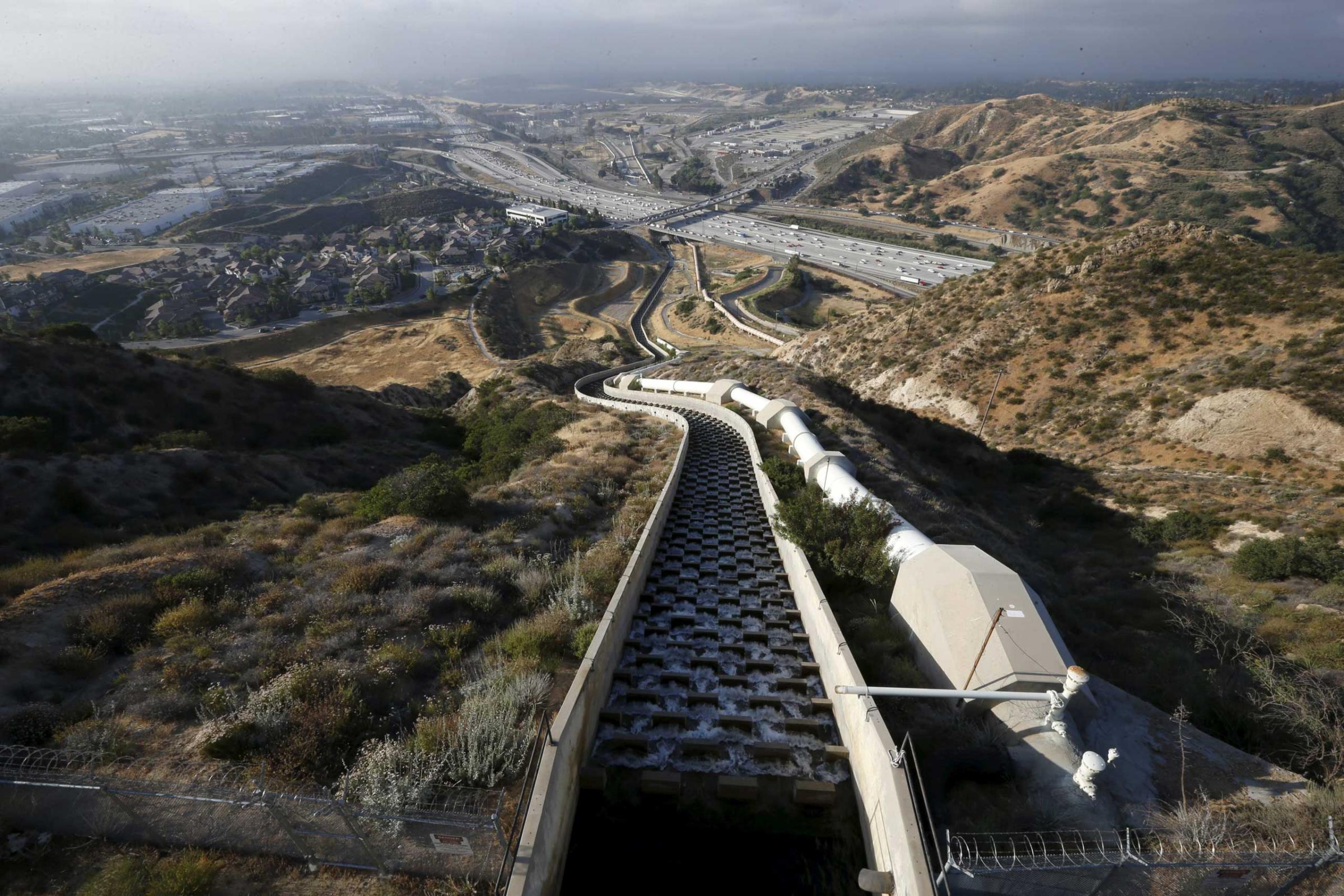
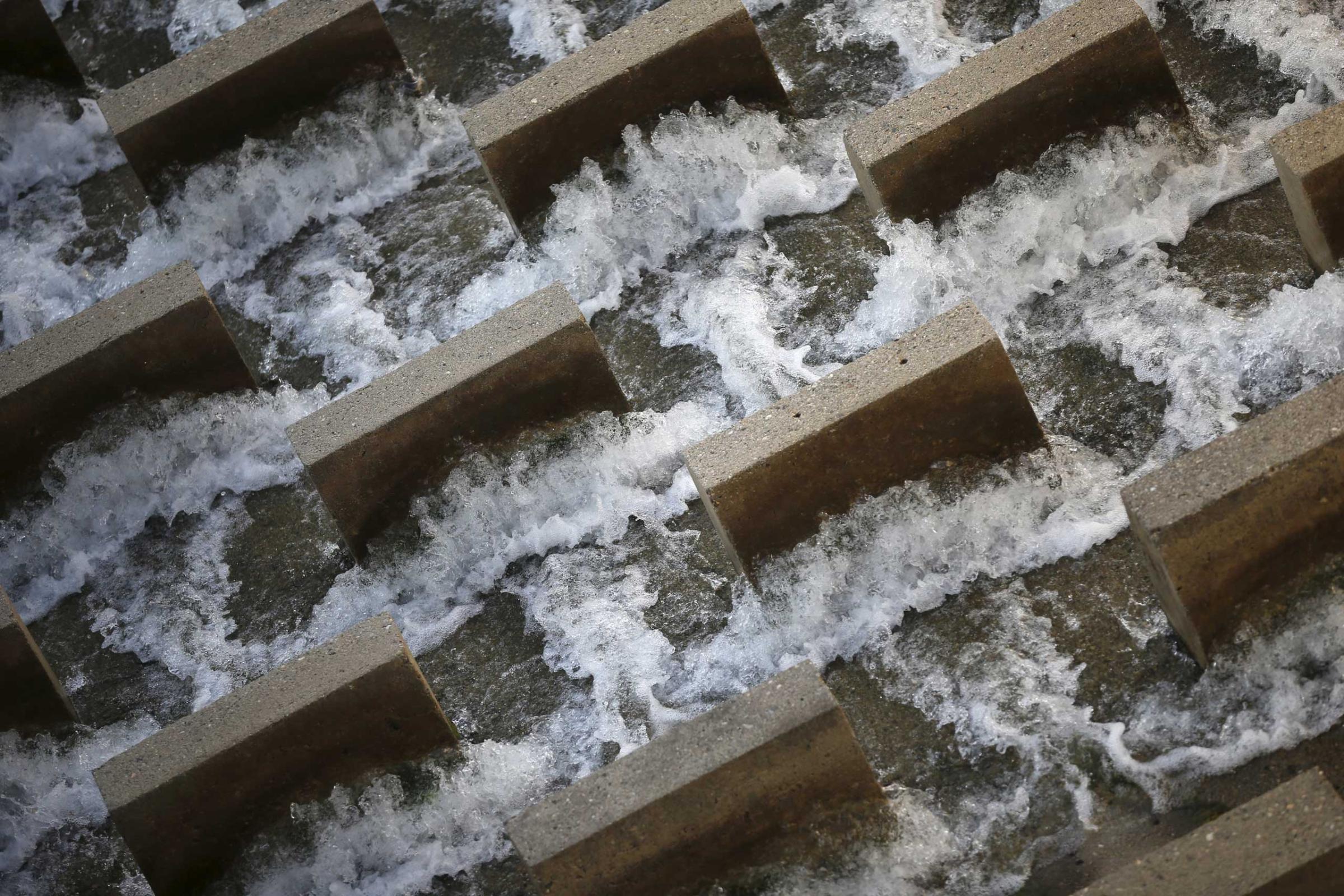
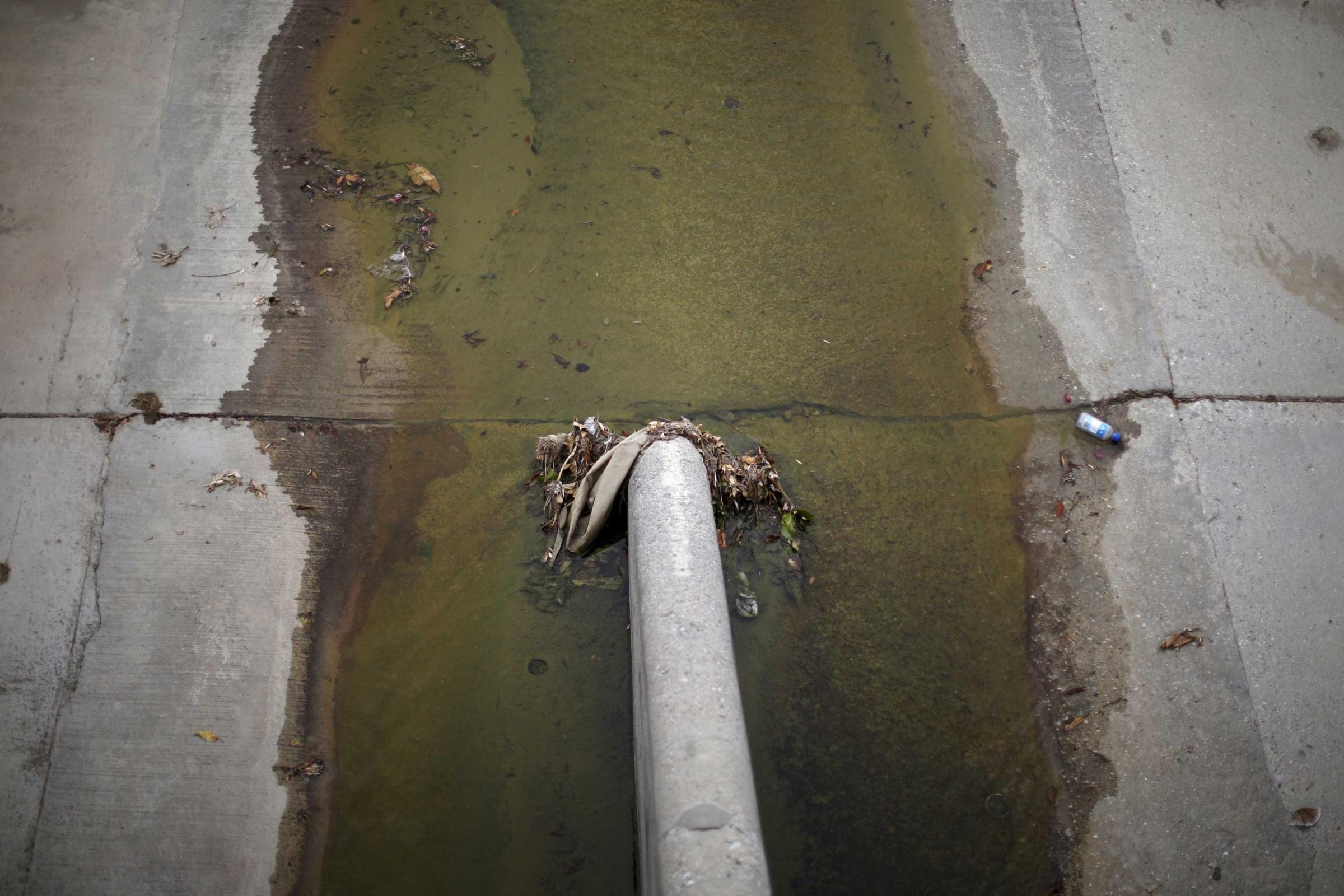
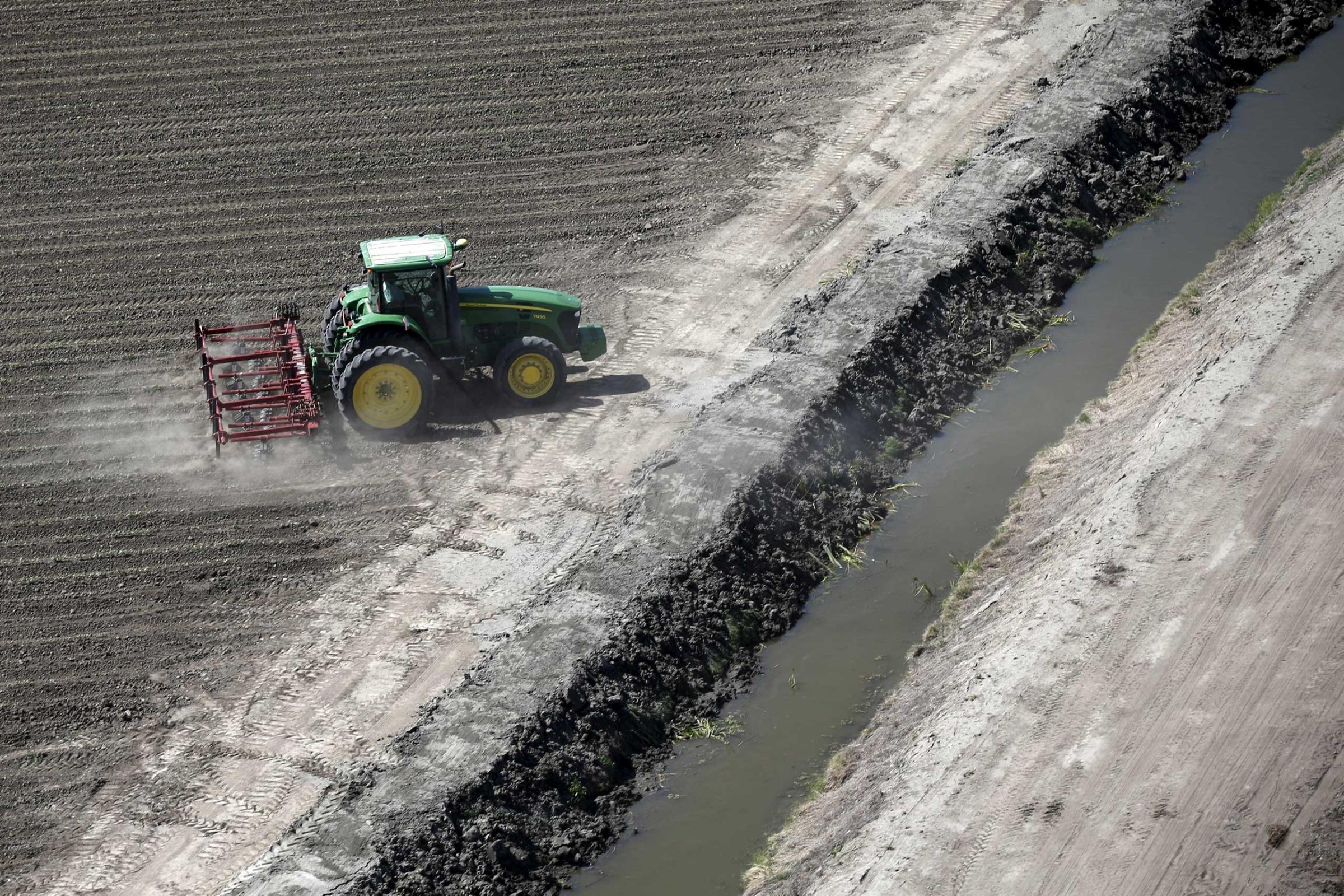



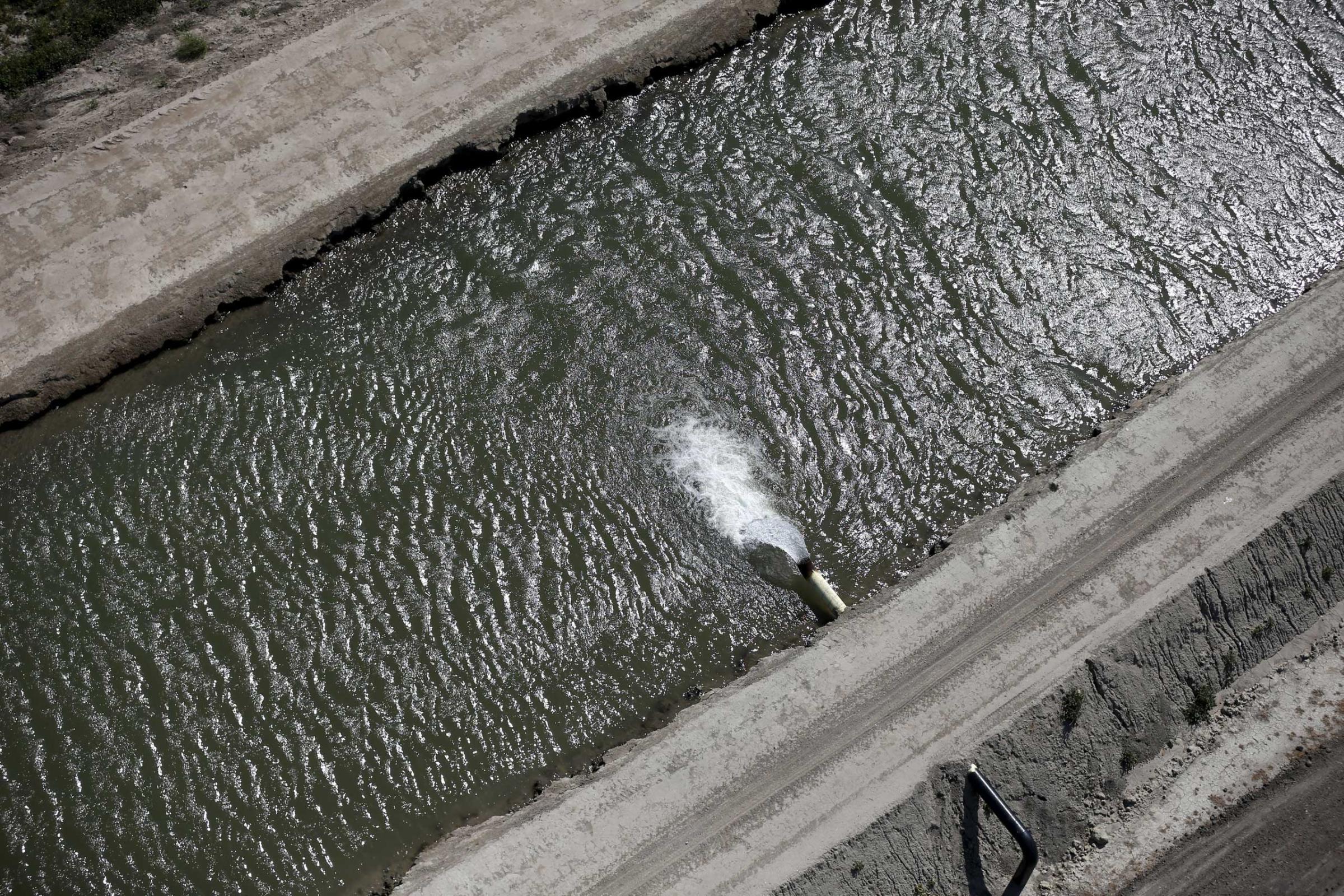


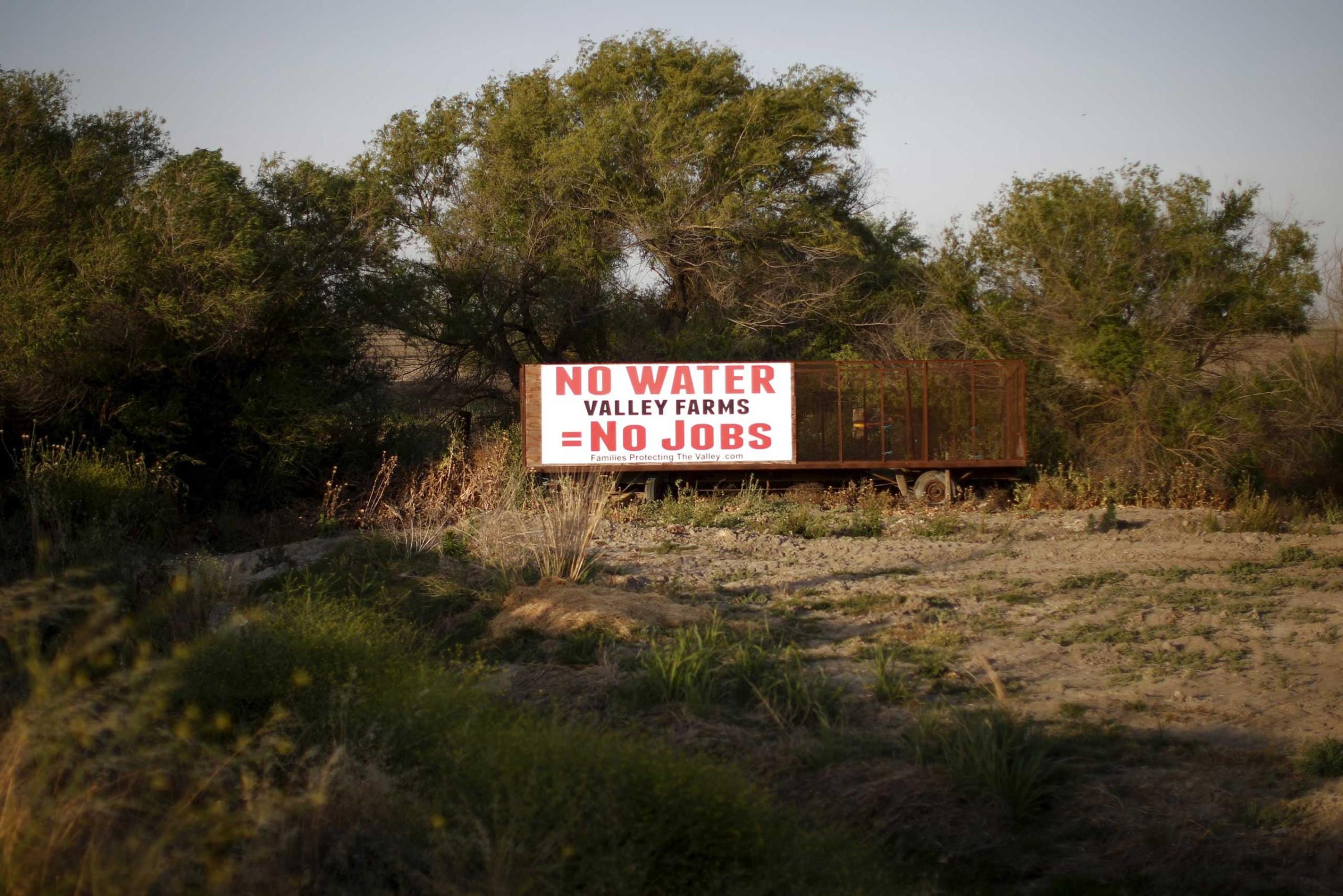
Normally, current reservoir levels are high enough to buffer against drought. However, “after four years of drought, reservoir holdings are perilously low,” said Rippey. Current total storage levels are at about 17.2 million acre-feet. The typical annual withdrawal is around 8 million acre-feet, which means total storage may fall below 10 million acre-feet by the end of the summer. This also means there is little room for error if the state enters a fifth year of drought.
In addition to surface water, groundwater is a major water source for the state, particularly during periods of drought. According to a recent U.C. Davis analysis of the California drought from 2012 through 2014, groundwater may replace as much as 75% of surface water lost to dry conditions this year. As Rippey explained, however, the problem is that the amount of groundwater is unknown. “The monitoring system for groundwater is not nearly as robust as the surface water monitoring system,” Rippey said.
City and state officials have reacted to the long-term drought by imposing various water restrictions. According to the California Department of Water Resources, California declared a statewide emergency during the 2007-2009 California drought — the first in U.S. history. California declared another such emergency during the 2012-2014 drought, and statewide precipitation was the driest three-year period on record. In an attempt to curb water use, statewide regulations impose penalties for exceeding water consumption budgets. Using water on lawns, for car washes, or to clean driveways is banned or restricted in each of the nine cities.
There are also economic consequences. The U.C. Davis study estimated a loss of at least 410,000 acres of farmland due to water shortages in California’s Central Valley, one of the nation’s most important agricultural zones and the location of most of the cities running out of water. An estimated $800 million was lost in farm revenue last year. That total does not include $447 million in extra pumping costs sustained by the Central Valley. Researchers at U.C. Davis estimated a total statewide revenue loss of $2.2 billion, and more than 17,000 jobs lost in 2014 due to drought.
The U.S. Drought Monitor is produced by the National Drought Mitigation Center at the University of Nebraska-Lincoln, the USDA and the National Oceanic and Atmospheric Administration (NOAA). 24/7 Wall St. identified the nine urban areas with populations of 75,000 or more where the highest percentages of the land area was in a state of exceptional drought in the first six months of 2015. All data are as of the week ending June 2.
These are the nine cities running out of water.
9. Bakersfield, CA
> Exceptional drought coverage (first half of 2015):72.8%
> Extreme drought coverage (first half of 2015): 100%
> Population: 523,994
Over the first half of this year, nearly 73% of Bakersfield was in a state of exceptional drought, the ninth largest percentage compared with all large U.S. urban areas. The possible impacts of exceptional drought include widespread crop failures and reservoir and stream depletions, which can result in water emergencies. The drought in Bakersfield has improved somewhat from the same period last year, when nearly 90% of the area was in a state of exceptional drought — the highest in the nation at that time. Like many other areas in California, however, Bakersfield has suffered through more than four years of drought, and any improvement is likely negligible. The Isabella Reservoir on the Kern River is one of the larger reservoirs in the state with a capacity of 568,000 acre-feet. The reservoir has supplied water to Bakersfield since 1953. Today, Isabella’s water level is at less than 8% of its full capacity after falling dramatically each summer since 2011.
ALSO READ: The Best and Worst States to Be Unemployed
8. Sacramento, CA
> Exceptional drought coverage (first half of 2015): 78.3%
> Extreme drought coverage (first half of 2015): 100%
> Population: 1,723,634
Sacramento is the most populous city running out of water, with 1.72 million residents. The city is located just north of the Sacramento-San Joaquin River Delta, a major source of water not just for Sacramento residents but for a great deal of California. The delta also helps provide water to millions of acres of California farmland. The Sacramento and San Joaquin rivers supply nearly 80 California reservoirs. With the ongoing drought, current storage levels are well below historical averages. On average over the first half of this year, exceptional drought covered more than 78% of Sacramento. The remaining area is far from drought-free, as 100% of Sacramento was in a state of extreme drought over that period — like every other city on this list.
7. Chico, CA
> Exceptional drought coverage (first half of 2015): 85.3%
> Extreme drought coverage (first half of 2015): 100%
> Population: 98,176
Starting in June this year, new state legislation requires Chico residents to consume 32% less water than they did in 2013. Water bills now include water budgeting information and penalizes residents with higher fees based on how much consumption exceeds the recommended amount. The new rule may be a challenge for some residents, as Chico had among the highest per capita daily water consumption in the state in 2013, according to the ChicoER, a local news outlet. According to The Weather Channel, in April of this year a jet stream shift brought rain and snow to parts of Northern California where Chico is located, a welcome relief to the area’s long-running dry spell. Despite the short-term relief, Chico still suffers from drought — an average of more than 85% of the city was in a state of exceptional drought over the first half of this year.
6. Lancaster-Palmdale, CA
> Exceptional drought coverage (first half of 2015): 87.9%
> Extreme drought coverage (first half of 2015): 100%
> Population: 341,219
Compared to the first half of last year, drought conditions in Lancaster-Palmdale are worse this year. Last year, nearly 80% of the city was in extreme drought and just 10% in exceptional drought. This year, 100% of the city was classified as being in a state of extreme drought and nearly 88% in exceptional drought. Many Lancaster-Palmdale residents, particularly those in the Palmdale Water District, receive their water from the district’s water wells, the Littlerock Dam, or — like many Californians — the California Aqueduct. The Colorado River Basin is also a major water source for the region, including Las Vegas to the northeast of Lancaster-Palmdale and Los Angeles to the southwest. Rippey explained that with only three or four wet years in over a decade, the Colorado River Basin region has endured a staggering near 15-year drought. The river, which used to flow into the ocean, now ends in Mexico. Like every other city suffering the most from drought, Lancaster-Palmdale residents are subject to various water restrictions.
5. Yuba City, CA
> Exceptional drought coverage (first half of 2015): 95.4%
> Extreme drought coverage (first half of 2015): 100%
> Population: 116,719
Yuba City is located on the Feather River, which runs south through Sacramento. The river begins at Lake Oroville, the site of the Oroville Dam and the source of the California Aqueduct — also known as the State Water Project (SWP). The dam’s water levels reached a record low in November 2014. While water levels have increased considerably since then, they remain at a fraction of the reservoir’s capacity. More than 95% of Yuba City was in a state of exceptional drought over the first six months of the year, making it one of only five urban areas to have exceptional drought covering more than 90% of their land area. Like other areas suffering the most from drought, the proportion of Yuba’s workforce employed in agricultural jobs is several times greater than the national proportion. The drought has had considerable economic consequences in the region. Agricultural employment dropped 30.3% from 2012 through 2013, versus the nearly 2% nationwide growth.
ALSO READ: The Poorest Town in Each State
For the rest of the list, please go to 24/7WallStreet.com
More from 24/7 Wall Street:
More Must-Reads from TIME
- Donald Trump Is TIME's 2024 Person of the Year
- Why We Chose Trump as Person of the Year
- Is Intermittent Fasting Good or Bad for You?
- The 100 Must-Read Books of 2024
- The 20 Best Christmas TV Episodes
- Column: If Optimism Feels Ridiculous Now, Try Hope
- The Future of Climate Action Is Trade Policy
- Merle Bombardieri Is Helping People Make the Baby Decision
Contact us at letters@time.com